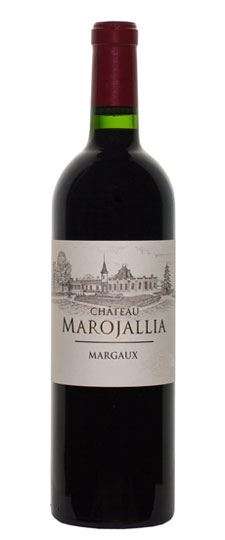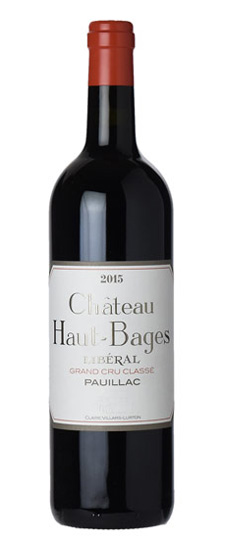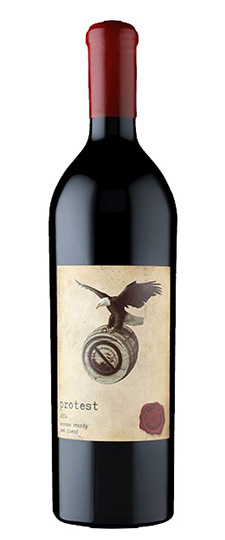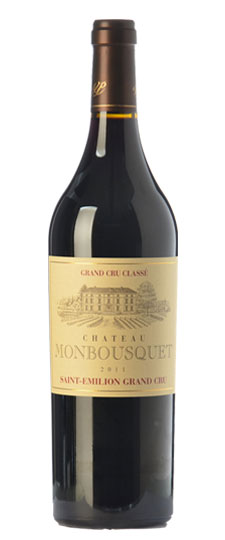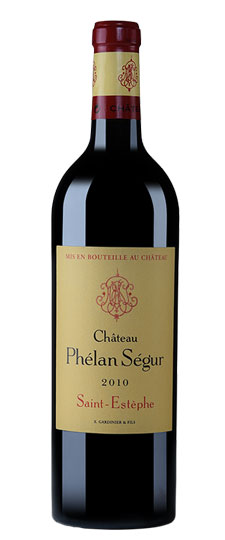Wine Score
Allen Meadows – Burghound : 91-93/100
- Reduction. The intensely mineral-driven and beautifully well-detailed flavors possess a real sense of drive as well as excellent power that builds from the mid-palate back to the impressively balanced and wonderfully long finale. This is quite firmly structured yet manages to avoid falling over into austerity or rusticity; that said, this is not likely to be a good candidate for early consumption.
Robert Parker’s Wine Advocate : 91-93/100
- The 2015 Morey Saint Denis 1er Cru Aux Chezeaux was suffering a lot of reduction on the nose that made it difficult to read. The palate is medium-bodied with fine tannin and good purity. Here the terroir does show and I appreciate the energy that filters through the mass of black fruit on the finish. It will need 4-5 years in bottle, but there is a palpable sense of energy and tension interwoven from start to finish.
Vinous : 90-92/100
- Deep red-ruby. Reduced aromas of black raspberry, blueberry and spices show a confectionery sweetness as well as an inviting tangy quality. A very smooth berry bomb in the mouth, conveying almost chocolatey ripeness but given shape by a firm spine of ripe, integrated acidity and palate-saturating tannins.
Grape Variety
Pinot Noir
In many ways, Pinot Noir is the polar opposite of Cabernet Sauvignon. Pinot Noir has thin skins not thick and makes much lighter paler wines that are not as well suited to blending or long-term aging. Cabernet Sauvignon needs extra heat to ripen fully, while Pinot Noir needs cooler conditions to retain its seductive earthy charm and falls flat in places where it gets too ripe and fruity.
Burgundy Wine
About 200 million years ago, the region was part of a vast, tropical sea which created limestone soils. These soils are the secret behind the zesty minerality that’s the hallmark of Burgundy wines. In fact, if you venture into the vineyards you can find chunks of limestone or marl (limestone mixed with clay) that contain fascinating fossilized sea creatures mixed within.
The easiest way to wrap your brain around Burgundy is to understand that there are really only two grape varieties to remember Pinot Noir & Chardonnay. Burgundy is not only the original home of these grapes, but the “terroir” (tare-wah) that best expresses their character – elegant, aromatic, complex and highly enjoyable
- Red Burgundy is wine that is made in the Burgundy region of eastern France using 100% Pinot Noir grapes. That’s right, Red Burgundy is just a Pinot Noir.
- White Burgundy is also made in Burgundy, but, since it is white, it is made from 100% Chardonnay grapes.
Burgundy has become known for being the best land in the world for producing both Pinot Noir and Chardonnay, and it is for this reason that Burgundy wines have received such acclaim. In fact, the quality of the land is considered to be so important to the creation of red and white Burgundy, that inside the Burgundy region, vineyards are classified by four levels, depending on how exceptional it is believed one’s plot of land is for growing the grapes. When buying a bottle of Burgundy, one of these four classifications will be labeled on the bottle:
- Grand Cru – This classification is reserved for the best vineyards. Only about 2 percent of all vineyards in Burgundy receive this classification
- Premier Cru – These wines are produced from vineyards that are still considered to be of stellar quality, but just a small step down from Grand Cru. These vineyards make up about 12 percent of all vineyards in Burgundy and can also produce wines that are quite expensive.
- Village Wines – These are Burgundies that are produced from grapes sourced from several vineyards in 1 of the 42 villages of Burgundy. You will know it’s a Village wine because the name of the village where the grapes were sourced will be labeled on the bottle. These wines represent 36 percent of all Burgundy.
- Regional Wines – Finally, Regional wines are considered to be the lowest level of classification. These are wines that are created from a combination of vineyards from a variety of villages within Burgundy, as opposed to a single village, like Village wines. As such, wines of this classification will simply be labeled as a wine of Bourgone. These wines represent 50 percent of all wines produced in Burgundy.
Burgundy Wine Style
To the ‘vigneron” (winemakers/growers) Burgundy is not only the original home of these grapes, but the terroir that best expresses their character – elegant, aromatic, complex and highly enjoyable. Pinot noir from Burgundy as “Rustic” “Barnyard” or “Forest-floor”
No other wine region in the world is as well-known for its terroir as Burgundy, where vineyards that are metres apart can produce vastly different wines from the same grapes.
Domaine Arlaud
Domaine Arlaud was created in 1942 with the marriage of Joseph Arlaud, a man from Ardèche, and Renée Amiot, a woman from a family with deep roots in the Burgundian wine culture. The bride’s dowry brought parcels in excellent vineyards, which Joseph supplemented by shrewd acquisitions, beginning in 1949. In 1966, the family acquired a 14th Century historical building in which to age their wines. The cellar is displayed on their wine labels.
Their son Hervé took over in 1983 and, with his wife Brigitte, continued to increase the estate. Their children gradually joined them and worked together from 2004 to 2012.
In 2003, the family began moving operations to a new, modern facility in Morey Saint Denis. The 14th Century cellar, located in the heart of Nuits Saint Georges is still used for the Estate’s wine library and for special tastings. It is an authentic and unique place to celebrate three generations of Burgundian hospitality.
In 2013 Cyprien Arlaud assumed full control over management of the Family estate. By then, it had grown to 15 hectares, consisting of 19 separate Appellation Controlled vineyard sites, with choice plots in 4 grand Crus: Clos de la Roche, Clos Saint Denis, Charmes Chambertin, and Bonnes Mares.

